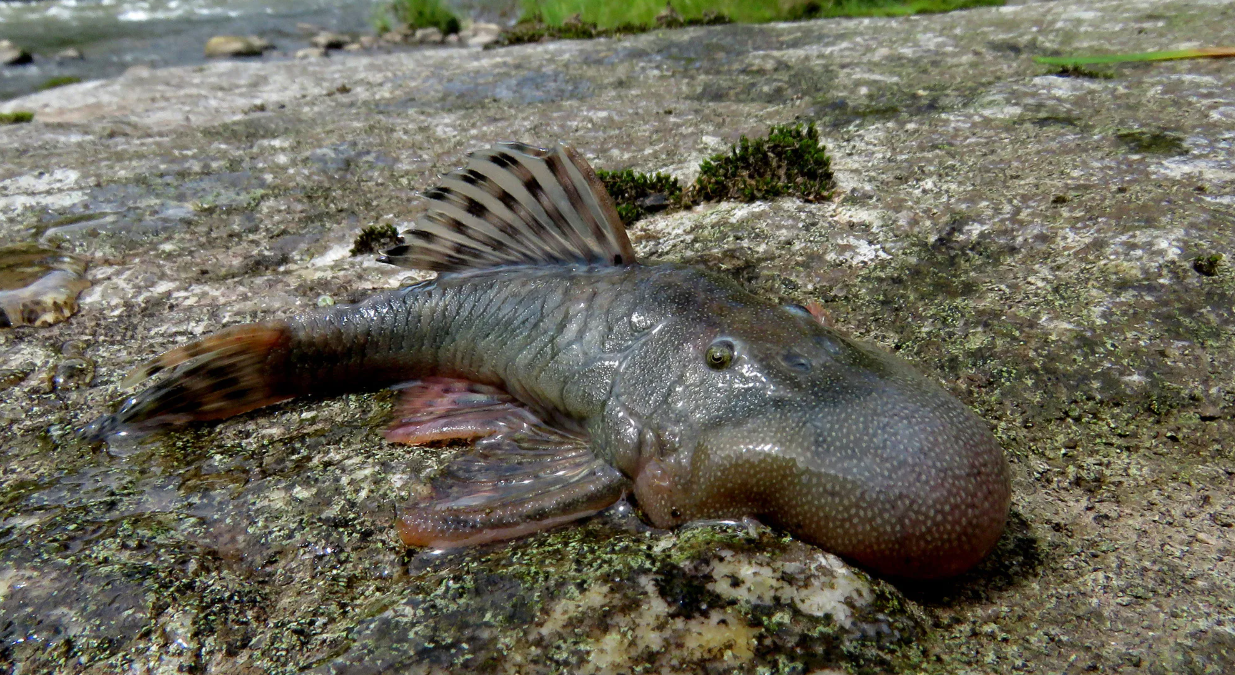27 new species in Peru’s Alto Mayo jungle just discovered by researchers are now reshaping what science knows about rainforest biodiversity. This breakthrough includes aquatic rodents, rare salamanders, and an unusual fish species, igniting both excitement and concern among conservationists around the world — especially in the USA, where biodiversity loss is a growing concern.
Understanding Peru’s Alto Mayo: A Global Biodiversity Frontier
Peru’s Alto Mayo Protected Forest is a remote region in the northern Amazon known for dense jungle, rugged terrain, and undiscovered lifeforms. Scientists from Conservation International, working alongside Indigenous communities, launched a major expedition into this uncharted area — revealing 27 previously unknown species.
These species highlight the urgency of preserving habitats not yet fully understood, especially as deforestation and climate change threaten ecosystems globally.
New Species in Peru, Why It Matters to the USA
- American researchers, universities, and institutions like the Smithsonian are now part of ongoing conservation partnerships in Peru.
- Discoveries like this guide future medical, agricultural, and climate research relevant to the U.S.
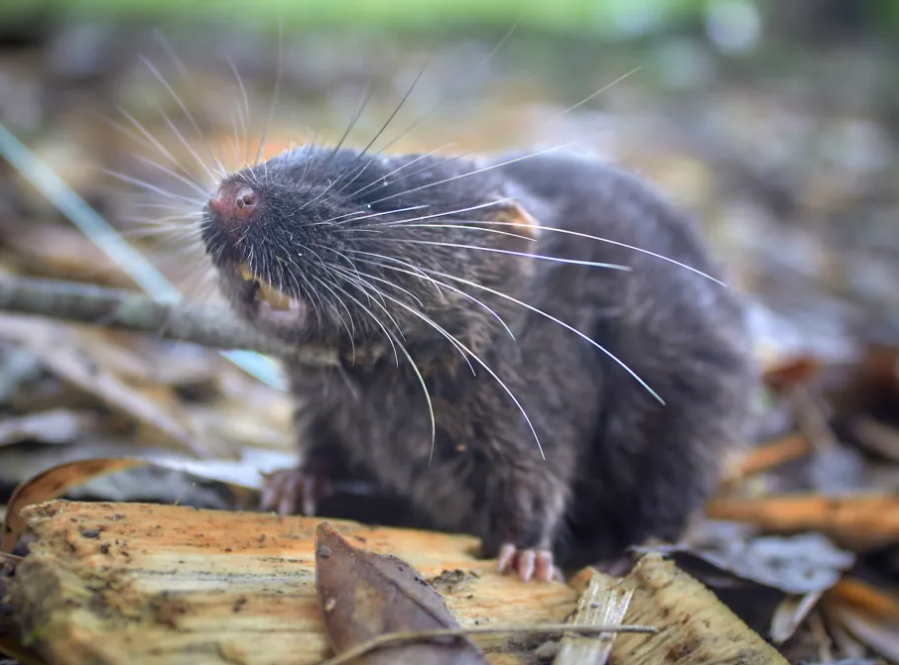
What Makes These 27 Species So Unique?
New Species in Peru, The newly discovered species span mammals, amphibians, fish, and insects — each adapted to extreme jungle conditions.
| Species | Unique Trait | Scientific Value |
|---|---|---|
| Amphibious Mouse | Webbed feet, swims in flooded forests | Evolutionary insights for semi-aquatic mammals |
| Tree-Climbing Salamander | Transparent skin, rare vertical agility | Biodiversity indicator species |
| Blob-Headed Catfish | Rounded head, adapted to muddy rivers | Unknown sensory adaptations |
| Long-Legged Frog | Lives in high canopy, elongated limbs | Arboreal movement studies |
| Spiny Insect Variant | Camouflages as jungle thorns | Study of natural defense mechanisms |
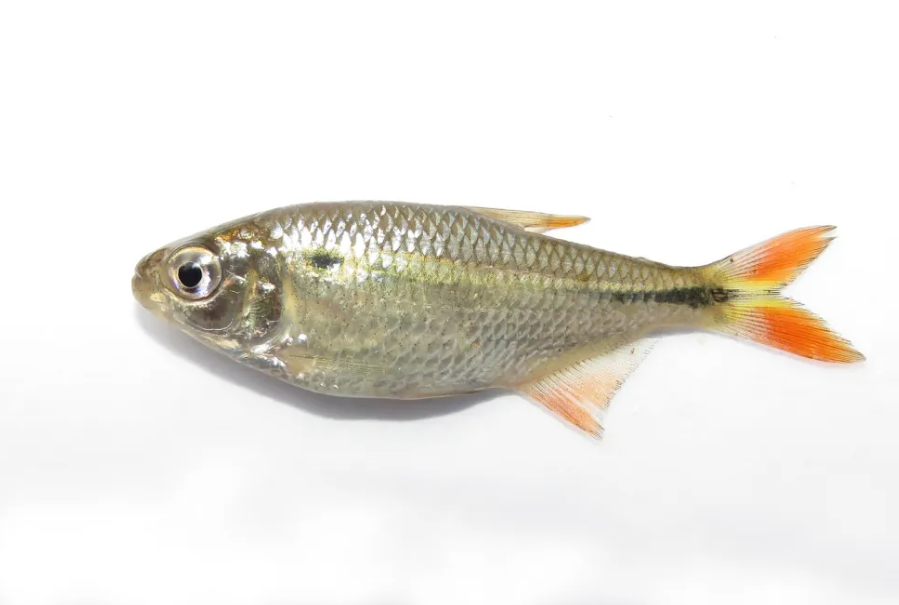
Why These Discoveries Demand Urgent Conservation
Scientists warn that some of the 27 species may already be endangered due to:
- Illegal logging in Alto Mayo
- Climate change drying up vital water systems
- Lack of formal protection for remote zones

Conservation groups urge stronger international protections, and the U.S. has a growing role in supporting biodiversity initiatives in Latin America.
How Indigenous Knowledge Unlocked the Discovery
The expedition was guided by local Indigenous leaders, whose ecological wisdom helped pinpoint rare species habitats. This collaborative model is now a blueprint for biodiversity research globally.
Instead of relying only on satellites or drones, researchers followed traditional jungle routes, allowing them to access microhabitats unreachable by modern tech alone.
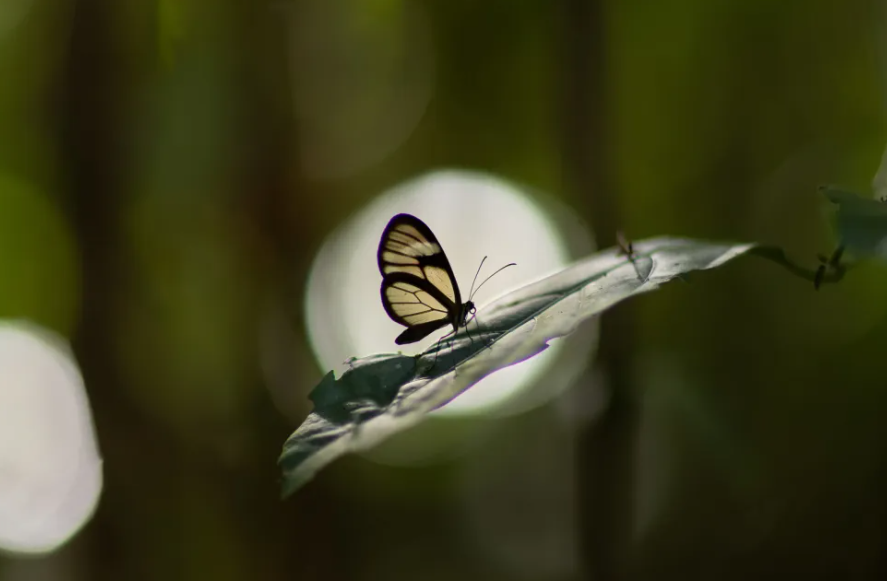
What This Means for Science in the USA
The U.S. plays a vital role in funding, studying, and publicizing these kinds of international biodiversity discoveries.
- Universities such as Harvard, Yale, and UC Berkeley regularly collaborate on Amazonian studies.
- These species could unlock future discoveries in medicine, biotech, and environmental resilience.
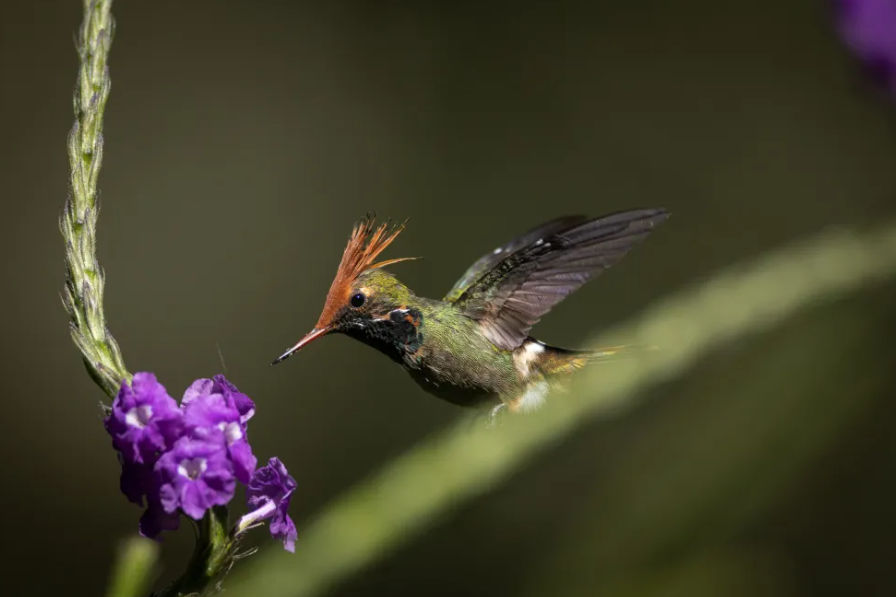
Conclusion: Protecting the Unknown Before It Disappears
This is more than just an expedition — it’s a warning and a wake-up call. These species, hidden for millions of years, may not survive the next 20 if urgent conservation efforts aren’t implemented.
Key Stats to Consider
- Only 15% of Alto Mayo’s jungle has been scientifically surveyed.
- 1 million+ species are at risk of extinction globally (UN Biodiversity Report).
- The Amazon lost over 3.9 million acres of forest in 2023 alone.
[USnewsSphere.com / ps.]


